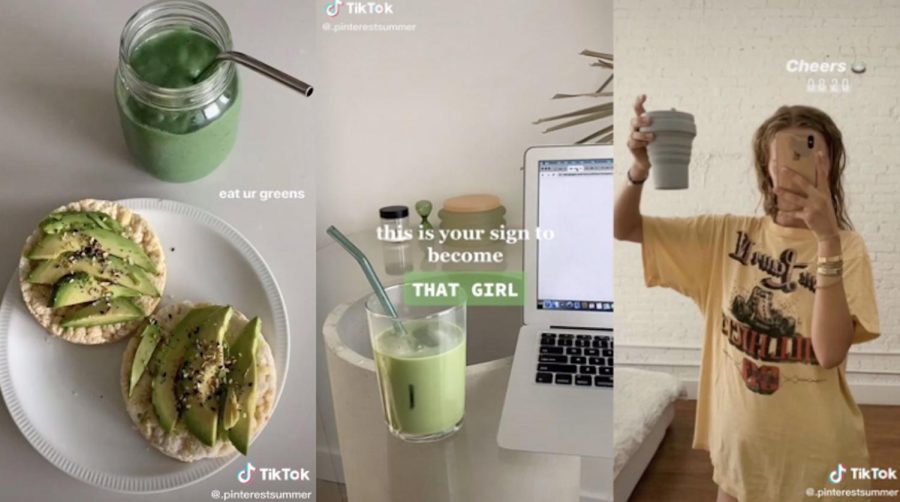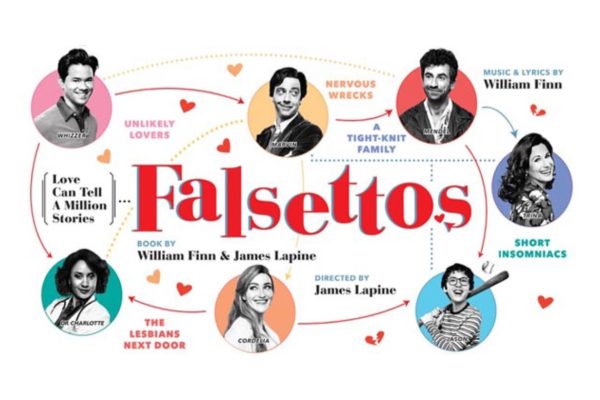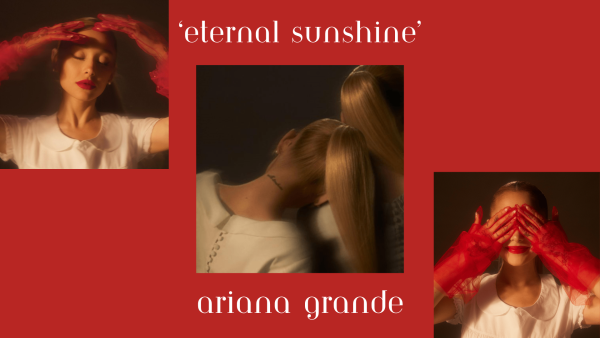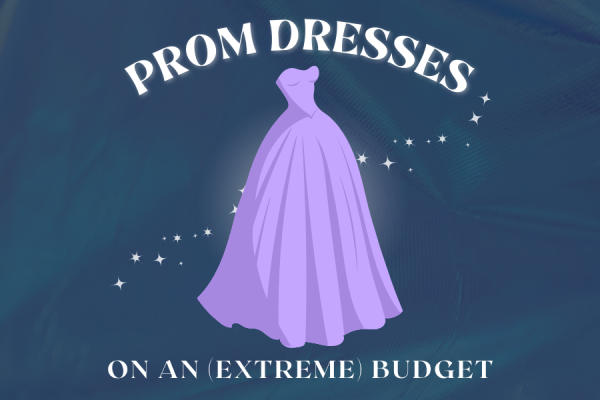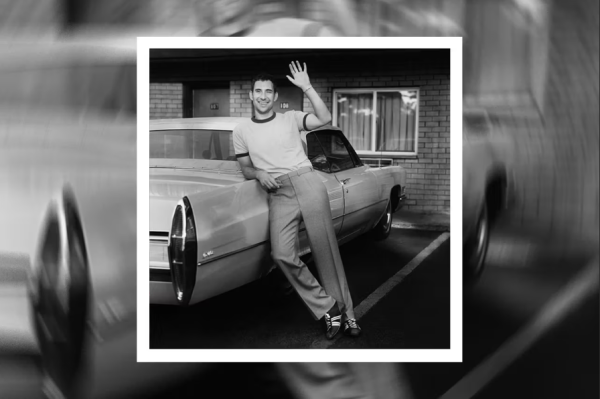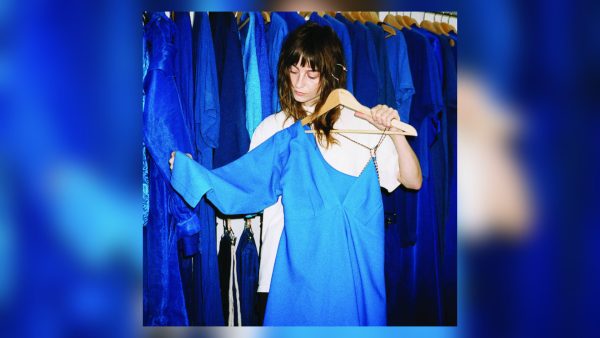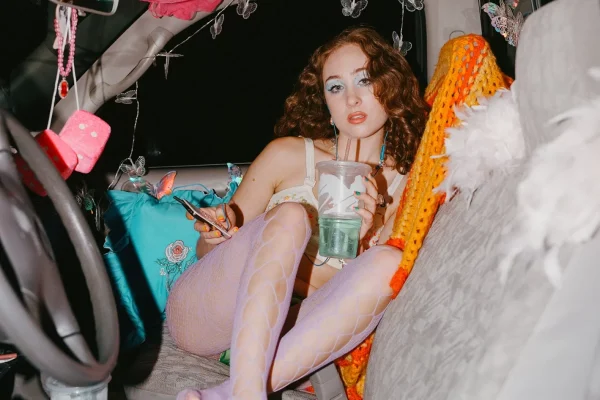“That Girl” Wellness Trope
February 11, 2022
Encouraging mental and physical well-being through social media is a seemingly harmless undertaking, but every wellness trope has its positive and negative impacts. Becoming “that girl” is one of the latest fads that has been perceived from numerous angles, being labeled as both an under-representing slippery slope for toxic diet culture and a motivating way to reach one’s goals.
The “that girl” trend took over various social media platforms, including TikTok and Instagram, sometime around the middle of 2021 and it continues to thrive today. This trend features videos of women sharing their routines in order to promote wellness and healthy habits. Some of the advice that these videos impart include waking up early (preferably before sunrise,) exercising, and eating a healthier diet. But do these aesthetic videos of a romanticized reality do more harm than good?
This wellness trope was not created to be harmful – it was created to inspire. It encourages self-improvement and being in control of life. It combines small life adjustments such as morning yoga with an overall hustle lifestyle, promoting “Girlboss” culture and increased productivity.
There are positive sides to these wellness videos. They can offer a burst of motivation and allow people to evaluate their lifestyles. These videos encourage productivity, which can improve mental health in more ways than one. Productivity gives a goal to focus on and even releases dopamine, a neurotransmitter that brings pleasure and improves blood flow.
Although, this constant push for productivity has its toxic traits. London-based psychotherapist Seerut K. Chawla has described the trend as an “over fixation on ‘inner work’ and wellness” and claims that it causes individuals to treat themselves “like a project that must constantly be improved”. Showcasing and promoting refinement to appearance and routine can be a way of avoiding what is really going on under the surface.
This over fixation and continuous comparison can send people spiraling into an unhealthy cycle of self-optimization and low self esteem. These videos can also promote toxic diet culture by conveying a negative association with food. Discouraging “unhealthy” food instead of acknowledging that there is no single “right” way to diet plants a negative connotation within one’s relationship with food.
Some also believe that this trend is an under-representation of those who come from a lower income household, are non-white, and/or have a different body type. There is an increased circulation of “that girl” videos created by skinny, white, upper-class girls on many social media platforms’ “Explore” or “For You” pages. Many believe that social media algorithms are biased and do not rightfully promote “that girl” videos created by plus-sized women of color.
Despite the controversy surrounding these wellness videos, the “that girl” trend was created with good intentions. If this trend were to redirect its focus to showcasing uplifting advice that does not shame others for eating or exercising a certain way, this wellness trope could potentially have the power to motivate others to live a healthier life – both mentally and physically. Another way to divert this trend would be for social media platforms to display a more diverse variety of these videos on trending pages.


